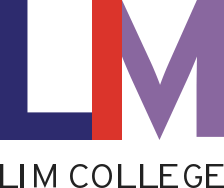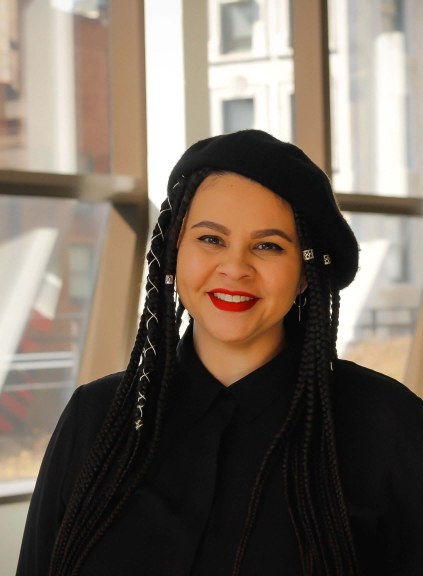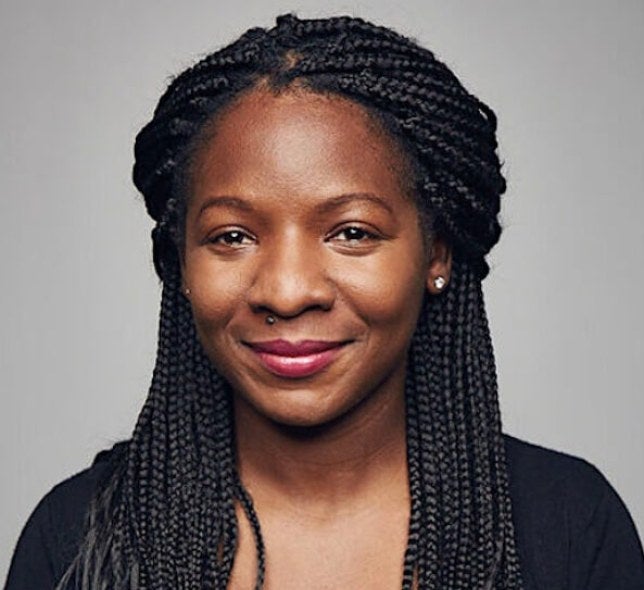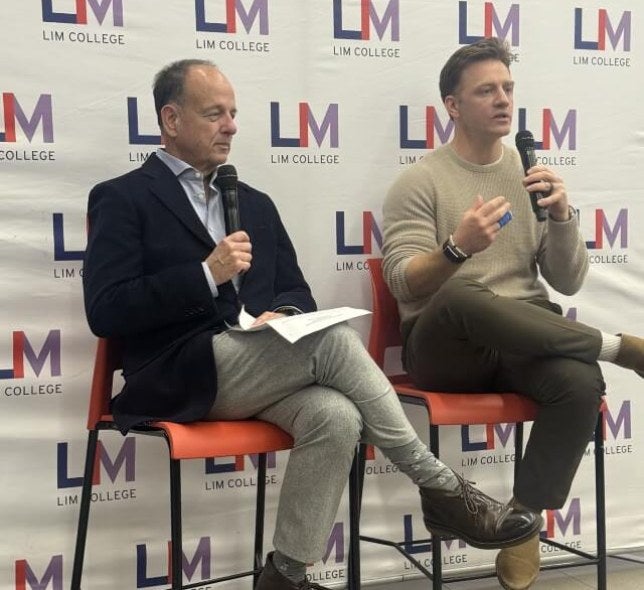LIM students are playing a role in making the fashion industry more socially and culturally aware.
To that end, the findings of an LIM class research project on plus-sized inclusion in fashion were recently published in Refinery 29.
As part of LIM College’s new Diversity, Equity, and Inclusion (DEI) minor Professor Dominique Norman developed and teaches a course called Call to Action: Inclusion in Fashion.
Call to Action: Inclusion in Fashion focuses on the history of discrimination in fashion and how it can be made more inclusive. It also explores how the intersectionality of categorizations such as race, size, sexual orientation, and gender identity can inform the fashion business.
During the Fall 2022 semester, Professor Norman and her students conducted a research project that examined the presence of plus-sized people in street style images from September and October.
The project came out of Professor Norman’s own experience, as she noticed that when she attended fashion shows, photographers would not take her picture.
“Every day that I attended, regardless of what I was wearing, photographers would see me, look up at me, then immediately down,” she notes.
What Professor Norman and her students found was that out of the 34,500 Getty Images they reviewed, only 134 (0.4%) featured plus-sized subjects.
Now, students taking the course in Spring 2023 will conduct the same research and see what else they can discover.
Said Professor Norman, “The industry is driven by data, so I thought this would be a really interesting area to focus on.”
It’s a unique opportunity for LIM College students.
“This course is the only one of its kind,” according to Professor Norman. “A course like this will really set you apart, especially in a time where fashion is trying to be more inclusive and mindful in how we move forward as a more socially and culturally aware business.”
“Every single semester that I have taught this, my students have said that they really wish it was a requirement and just how necessary it is to their education.”



